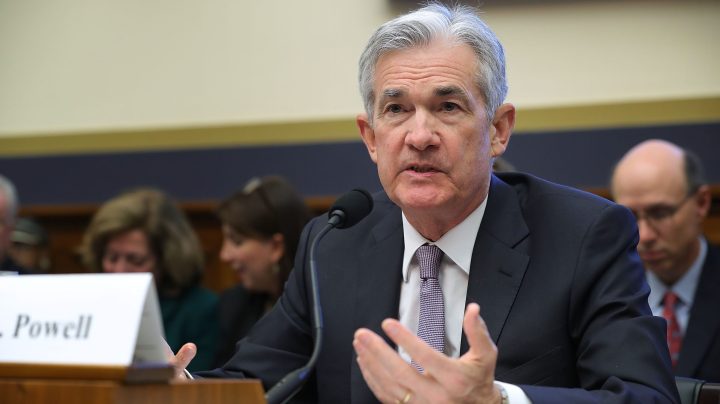
What can the Federal Reserve do to help the economy?
What can the Federal Reserve do to help the economy?

During his appearances on TV and Capitol Hill over the past week, Federal Reserve Chairman Jerome Powell has been hammering the message that Congress should do more to help the economy recover from the damage the pandemic is causing.
He’s asking Congress to do more fiscal stimulus — appropriate money — to prop up businesses and households and state and local governments.
But he also thinks the central bank he heads needs to do more.
In prepared testimony to the Senate Banking Committee Tuesday, Powell said the Fed is “committed to using our full range of tools to support the economy in this challenging time.” So what exactly does that mean?
Think of the Fed like a plumber. Its job is to make sure money keeps flowing through the U.S. financial system. When the system gets clogged —- by, say, a pandemic — the Fed whips out its monetary policy wrenches and drain reamers to unclog the flow of money and make it cheaper and less risky to borrow and lend.
That’s what the Fed did in mid-March, when it cut interest rates to zero, said Brad McMillan, chief investment officer at Commonwealth Financial Network.
“And that was really key to preventing panic because of what it said, which was that the central bank was not going to let a crisis happen,” McMillan said.
Since then, the Fed’s kept money flowing by adjusting banking rules, buying up Treasury and mortgage bonds — and the list goes on, said Mark Zandi, chief economist of Moody’s Analytics.
“So the stock, bond markets, credit markets broadly are functioning well, and they still have some more room to maneuver here if they need to,” Zandi said. He added that the Fed could backstop the mortgage market as more homeowners delay monthly payments, and it could buy more and riskier corporate bonds to keep credit flowing.
And the Fed is about to get money out to small and midsize businesses through its new “Main Street Lending Facility.”
But one thing the Fed can’t do, Zandi said, is pump money directly into the economy.
“To get things going again, now that people have lost a lot of jobs, people are very nervous, a lot of uncertainty,” Zandi said. “And that’s more difficult for the Fed.”
The central bank could try to help Americans more directly, said Deborah Lucas, professor of finance at MIT.
“What’s called ‘helicopter money’ — they could print money, and they could distribute it to households,” Lucas said.
But she said that would be risky and would require the Fed to manipulate the money supply and banking system in ways it never has before.
There’s a lot happening in the world. Through it all, Marketplace is here for you.
You rely on Marketplace to break down the world’s events and tell you how it affects you in a fact-based, approachable way. We rely on your financial support to keep making that possible.
Your donation today powers the independent journalism that you rely on. For just $5/month, you can help sustain Marketplace so we can keep reporting on the things that matter to you.












